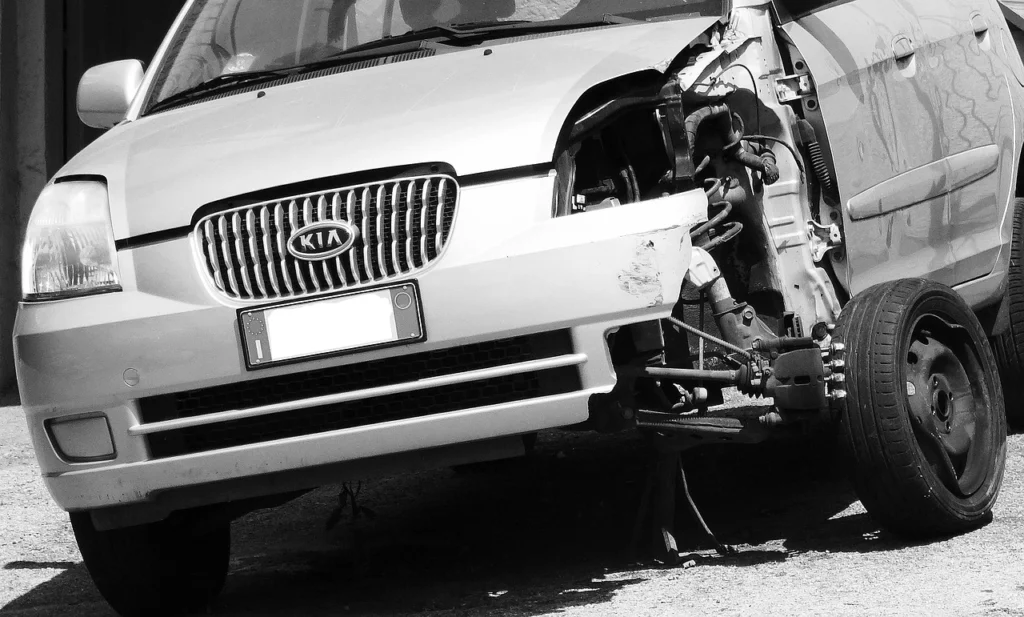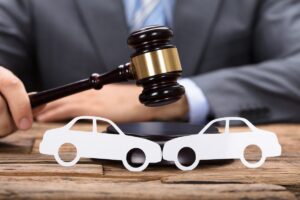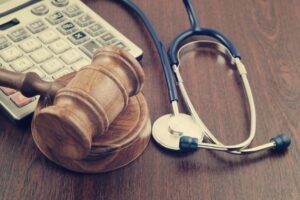The rapid development of autonomous vehicles (AVs) is reshaping the future of transportation. While self-driving cars promise improved road safety and convenience, they also raise complex legal questions about accident liability. When a human driver is involved in a crash, determining fault is relatively straightforward. But what happens when an autonomous vehicle is responsible? “Rise of Autonomous Vehicles Impacts”
This article explores how self-driving cars impact accident liability, who may be held responsible in different scenarios, and what steps accident victims can take to protect their rights. Get a free case evaluation to discuss your legal options after an accident involving an autonomous vehicle.
Understanding Autonomous Vehicle Technology
Autonomous vehicles use advanced sensors, cameras, artificial intelligence (AI), and machine learning to navigate roads without human intervention. These vehicles operate at different levels of automation:
- Level 0-1: Minimal automation, requiring full human control.
- Level 2-3: Partial automation, with driver assistance but still requiring human supervision.
- Level 4-5: Full automation, where the vehicle can drive without human intervention.
As self-driving technology evolves, liability questions become more complicated.
Who Is Liable in an Autonomous Vehicle Accident?
Unlike traditional car accidents where driver error is the primary cause, autonomous vehicle crashes may involve multiple parties. Liability can depend on the level of automation and the circumstances of the accident.
1. The Human Driver
If a driver is in a vehicle with partial automation (Level 2-3), they are still responsible for monitoring the road and taking control if necessary. If an accident occurs due to driver negligence (e.g., failing to take over when required), the driver may be held liable.
2. The Vehicle Manufacturer
If a self-driving system malfunctions due to a software or mechanical defect, the manufacturer may be held liable for the accident. This is similar to product liability claims, where a company is responsible for producing safe and reliable technology.
3. The Software Developer
Many autonomous vehicles rely on third-party AI and software systems. If a software glitch or failure in decision-making algorithms causes an accident, the company responsible for the vehicle’s operating system could be held accountable.
4. The Ride-Sharing or Fleet Company
Some self-driving cars are owned and operated by rideshare companies (e.g., Uber, Waymo). If a self-driving taxi is involved in an accident, the company operating the fleet may share liability.
5. Government Entities
Poorly marked roads, malfunctioning traffic signals, or infrastructure issues could contribute to AV accidents. In some cases, a city or state agency may be partially liable for failing to maintain safe road conditions.
Common Causes of Autonomous Vehicle Accidents
While self-driving technology aims to reduce accidents, crashes still occur due to several factors:
- Software or Sensor Malfunctions
- A self-driving system may fail to detect pedestrians, cyclists, or road obstacles.
- Software bugs or AI errors can cause misjudgment in traffic conditions.
- Human-AV Interaction Failures
- Some drivers over-rely on automation and fail to take control when necessary.
- Other drivers or pedestrians may misunderstand AV behaviors and react unpredictably.
- External Factors (Weather & Road Conditions)
- Rain, snow, or fog may interfere with AV sensors.
- Poorly maintained roads or construction zones can cause confusion for AI systems.
- Hacking or Cybersecurity Threats
- Autonomous vehicles are vulnerable to hacking, potentially leading to accidents caused by external interference.
Steps to Take After an Autonomous Vehicle Accident
If you are involved in an accident with a self-driving car, it’s crucial to take the right steps to protect your legal rights:
1. Call 911 and Seek Medical Attention
Even if injuries seem minor, getting medical help is important for both health and legal reasons.
2. Document the Scene
- Take photos and videos of vehicle damage, road conditions, and traffic signals.
- Capture license plates, vehicle identification numbers (VINs), and any company branding (if the AV belongs to a rideshare or delivery company).
- Look for dashcams or surveillance cameras that may have recorded the accident.

3. Gather Witness Information
Eyewitnesses can help clarify what happened. Get their names and contact details.
4. Contact Law Enforcement
A police report will provide an official record of the accident, which can be helpful for insurance and legal claims.
5. Avoid Making Statements About Fault
Do not admit blame or speculate on what caused the accident. Liability in AV crashes can be complex, and it’s best to let legal professionals handle fault determination.
6. Speak with a Lawyer
An experienced personal injury lawyer can help you determine liability, negotiate with insurance companies, and pursue compensation.
Get a free case evaluation today to discuss your case.
Compensation for Victims of Autonomous Vehicle Accidents
If you’ve been injured in an AV accident, you may be entitled to compensation for:
- Medical Expenses: Hospital bills, therapy, medication, and rehabilitation.
- Lost Wages: Compensation for time away from work due to injuries.
- Pain and Suffering: Emotional distress and physical pain.
- Property Damage: Repair or replacement of your vehicle.
- Wrongful Death: If a loved one was fatally injured in an AV crash, family members may seek compensation for funeral costs and loss of companionship.
Legal Challenges in Self-Driving Car Accidents
The legal landscape surrounding autonomous vehicle accidents is still evolving. Here are some of the biggest challenges victims face:
- Determining Fault
- Unlike traditional accidents, liability in AV crashes may involve multiple parties (drivers, manufacturers, software companies).
- Lack of Precedent
- Since self-driving technology is relatively new, courts are still developing legal frameworks for handling these cases.
- Insurance Complications
- Traditional car insurance policies may not fully cover accidents involving autonomous technology. Some companies may attempt to deny claims or shift liability.
- Data Access Issues
- AVs collect vast amounts of data, but accessing crash-related information (such as black box data) can be challenging without legal assistance.
The Future of Autonomous Vehicle Regulations
Governments and lawmakers are actively working on regulations to address AV safety and liability concerns. Some proposed measures include:
- Mandatory Black Box Data Access
- Requiring AVs to record and store crash data, similar to airplanes.
- Stricter Product Liability Laws
- Holding manufacturers accountable for software failures or system malfunctions.
- Standardized Insurance Policies for AVs
- Creating clear insurance requirements for self-driving cars to protect accident victims.
Conclusion
As autonomous vehicles become more common, understanding who is liable in self-driving car accidents is crucial. Unlike traditional crashes, these cases often involve manufacturers, software developers, and even government entities. If you’ve been injured in an AV accident, seeking legal guidance can help you navigate the complexities of liability and compensation.
Don’t face this challenge alone. Get a free case evaluation to discuss your legal options and secure the compensation you deserve.
“Rise of Autonomous Vehicles Impacts”
“Rise of Autonomous Vehicles Impacts”

